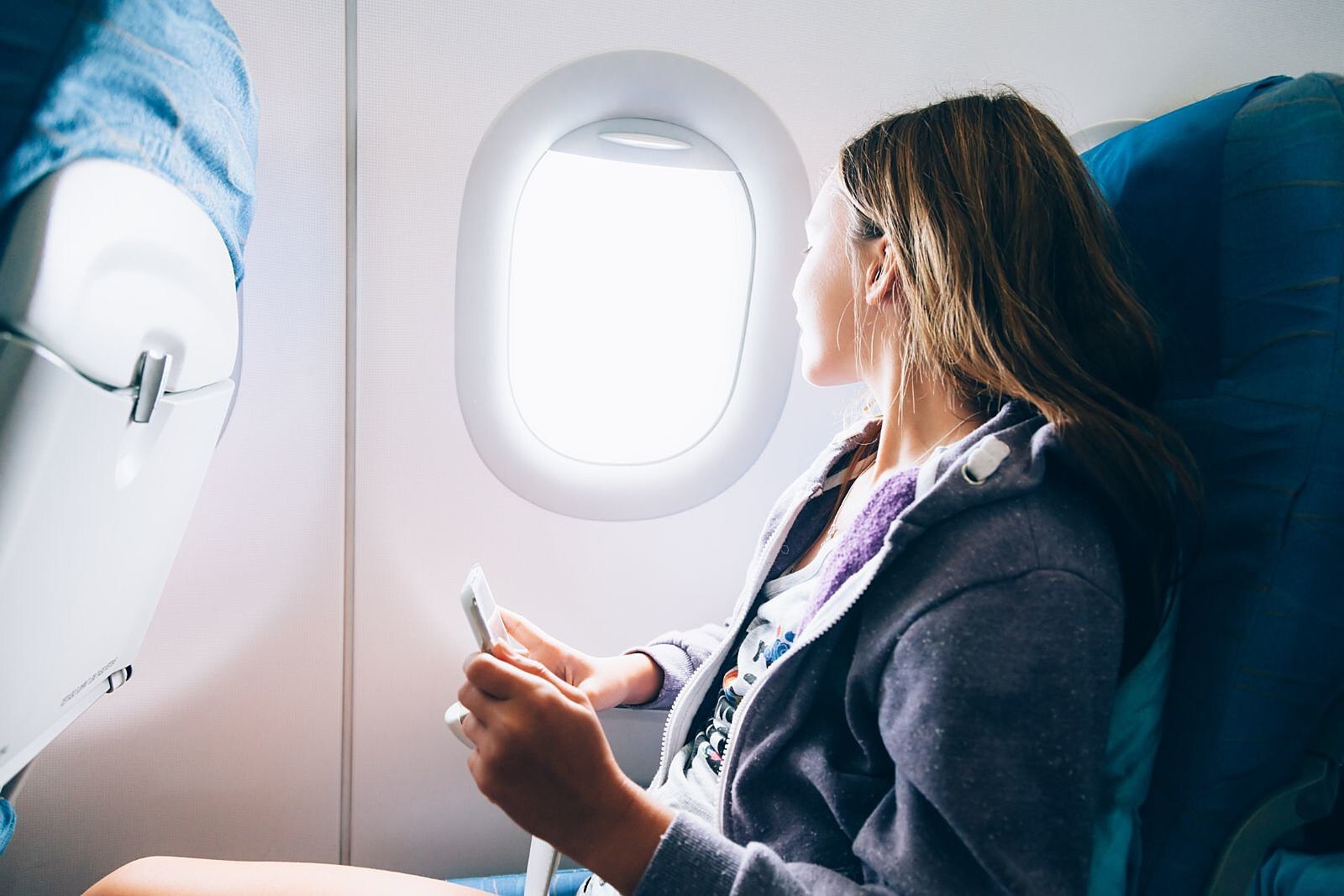
Ever wondered what makes an airline passenger experience truly memorable? From the moment you step into the airport until you reach your destination, countless factors shape your journey. Comfort, convenience, and service quality play significant roles in determining whether your flight is enjoyable or a nightmare. Airline amenities, seating arrangements, in-flight entertainment, and even the food served can make or break your travel experience. Understanding these elements can help you choose the best airline for your needs and ensure a pleasant trip. Let's dive into 17 intriguing facts about what really goes on behind the scenes to enhance your time in the sky.
Key Takeaways:
- Flying has come a long way! From wicker chairs to lie-flat beds, airlines have made huge improvements in comfort and entertainment for passengers over the years.
- Airlines are not only making flying more comfortable but also safer and more eco-friendly. From HEPA filters to themed flights, they're constantly innovating to enhance the passenger experience while being mindful of the environment.
The Evolution of Airline Passenger Experience
Flying has transformed dramatically over the years. From luxurious lounges to in-flight entertainment, the airline passenger experience has evolved to meet the needs of modern travelers. Here are some fascinating facts about how flying has changed.
-
In-Flight Meals: In the 1920s, passengers were served cold fried chicken, fruit salad, and sandwiches. Today, airlines offer gourmet meals, special dietary options, and even celebrity chef collaborations.
-
Seat Comfort: Early airplanes had wicker chairs. Modern aircraft feature ergonomic seats with adjustable headrests, lumbar support, and even lie-flat beds in premium classes.
-
In-Flight Entertainment: The first in-flight movie was shown in 1921. Now, passengers can enjoy a wide range of entertainment options, including movies, TV shows, music, and games on personal screens.
Technological Advancements in Air Travel
Technology has played a significant role in enhancing the airline passenger experience. From booking flights to in-flight connectivity, advancements have made flying more convenient and enjoyable.
-
Online Booking: The first online airline ticket was sold in 1995. Today, passengers can book flights, choose seats, and check-in online from the comfort of their homes.
-
Mobile Boarding Passes: Introduced in the early 2000s, mobile boarding passes have made the check-in process faster and more efficient, reducing the need for paper tickets.
-
Wi-Fi on Planes: In-flight Wi-Fi became available in 2008. Now, many airlines offer high-speed internet, allowing passengers to stay connected, work, or stream content during their flight.
Comfort and Convenience in the Skies
Airlines continually strive to improve passenger comfort and convenience. From spacious cabins to personalized services, these enhancements make flying a more pleasant experience.
-
Extra Legroom: Some airlines offer seats with extra legroom for a more comfortable journey, especially on long-haul flights.
-
In-Flight Amenities: Passengers can enjoy amenities such as blankets, pillows, noise-canceling headphones, and amenity kits with toiletries and skincare products.
-
Priority Boarding: Frequent flyers and premium class passengers benefit from priority boarding, allowing them to settle in and relax before other passengers board.
Safety and Health Measures
Passenger safety and health have always been a top priority for airlines. Recent events have further emphasized the importance of these measures.
-
HEPA Filters: Modern aircraft are equipped with HEPA filters that remove 99.97% of airborne particles, ensuring clean air throughout the flight.
-
Sanitization Protocols: Airlines have implemented enhanced cleaning and sanitization protocols, including disinfecting high-touch surfaces and providing hand sanitizers to passengers.
-
Contactless Services: To minimize contact, airlines offer contactless check-in, boarding, and payment options, reducing the risk of spreading germs.
Unique Airline Experiences
Some airlines go above and beyond to offer unique experiences that set them apart from the competition. These special touches can make a flight truly memorable.
-
Sky Bars: Certain airlines feature onboard bars where passengers can socialize and enjoy a drink, adding a touch of luxury to their journey.
-
Private Suites: First-class passengers on some airlines can enjoy private suites with sliding doors, personal wardrobes, and even showers.
-
Themed Flights: Airlines occasionally offer themed flights, such as holiday-themed decorations and special events, to create a festive atmosphere.
Environmental Initiatives
Airlines are increasingly focusing on sustainability and reducing their environmental impact. These initiatives aim to make air travel more eco-friendly.
Final Thoughts on Airline Passenger Experience
Flying can be a mixed bag of emotions. From the thrill of takeoff to the frustration of delays, the airline passenger experience is full of ups and downs. Knowing some quirky facts can make your next flight a bit more interesting. For instance, did you know that the airplane food tastes different because of the cabin pressure? Or that the safest seats are usually in the back? These tidbits can give you a new perspective next time you're up in the air.
Remember, being prepared and informed can make your journey smoother. Whether it's choosing the right seat, understanding the security procedures, or simply knowing why your ears pop, every little bit helps. So next time you fly, keep these facts in mind and enjoy the ride. Safe travels!
Frequently Asked Questions
Was this page helpful?
Our commitment to delivering trustworthy and engaging content is at the heart of what we do. Each fact on our site is contributed by real users like you, bringing a wealth of diverse insights and information. To ensure the highest standards of accuracy and reliability, our dedicated editors meticulously review each submission. This process guarantees that the facts we share are not only fascinating but also credible. Trust in our commitment to quality and authenticity as you explore and learn with us.


